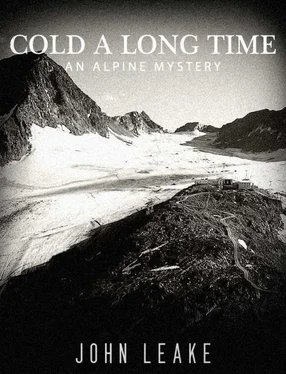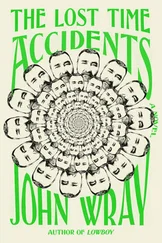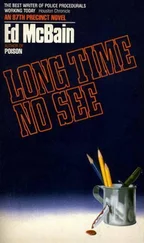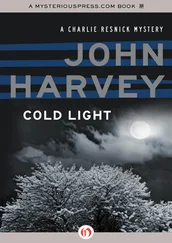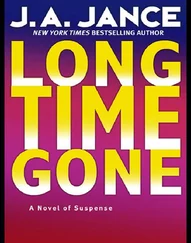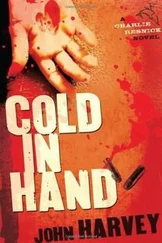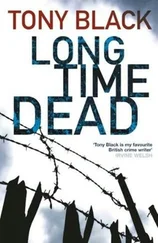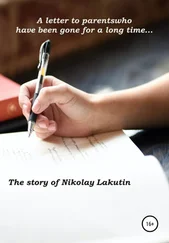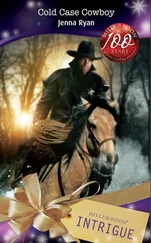After Austro-Slovakian author Martin Leidenfrost published a book about the case, it was reopened in Austria and the forensic doctor Johann Haberl was assigned to evaluate the findings of the Slovakian doctors. Presumably from his analysis of the autopsy photos, Haberl disagreed that the defects on Denisa’s arms and inner thighs were clearly injuries resulting from violence inflicted while she was still alive. Though Dr. Haberl conceded that this was a possibility, he argued that one could not be certain due to the body’s advanced state of decomposition.
On the other hand, the renowned Viennese pharmacologist Michael Freissmuth found it unlikely that Denisa had ingested the medications in order to commit suicide. More likely, he concluded, a culprit had dissolved the substances into her coffee or wine, causing a sharp reduction of her blood sugar that significantly impaired her awareness and motor skills, and thus her ability to resist.
At this point, three forensic scientists had found grounds for urgently suspecting murder, while a fourth had found that murder couldn’t be ruled out. Apparently unsatisfied with these opinions, the public prosecutor in the Upper Austrian city of Wels commissioned Dr. Rabl to serve as the final scientific arbiter. After Rabl concluded that “no signs of foul play could be established with the requisite degree of certainty,” the prosecutor closed the case.
All of the above cases were closed, in spite of suspicious circumstances, largely because Dr. Rabl found no signs of foul play on the victims’ bodies. This shows the tremendous weight that the Austrian criminal justice system assigns to forensic medical findings, as distinct from other investigative methods. To be sure, forensic medicine is an extremely advanced science that can reveal an astonishing amount of information about a corpse. The current (November 2011) issue of National Geographic features an article about a recent autopsy of Oetzi’s body. From this and earlier exams, we know that the man who died 5,300 years ago was about forty-five years old, had brown hair and brown eyes, and probably spent his childhood near the present village of Feldthurns, north of Bolzano. He was probably lactose intolerant, at high risk of hardening of the arteries, and like Duncan, had suffered from Lyme disease.
About two hours before he died he ate a meal of alpine ibex meat. His hands, wrists and chest had a number of cuts and bruises, indicating he got into a fight shortly before his death. He was shot in the back with an arrow, and it appears that he initially fell onto his back, but was then rolled over by an assailant attempting to retrieve the arrow. Cerebral trauma indicates he suffered a blow to his head, but it’s not clear if this was caused from falling or from being struck by an assailant.
We know so much about Oetzi because forensic scientists, with their array of analytic tools and methods, wanted to discover it. As National Geographic pointed out, “The Iceman might be the most exposed and invaded person who ever walked the planet.” When people are motivated to acquire knowledge of something, their ingenuity is boundless.
Given that Dr. Rabl was unable or unwilling to establish scientifically the cause of Duncan’s amputated limbs and shredded clothing, and also unable or unwilling to notice the knife marks on Raven Vollrath’s ribs, it seems to me that he should not be regarded as the ultimate forensic authority in Austria and given the last word in a controversial case such as Denisa Soltisova’s.
In 2007, Rabl gave an interview to the Viennese daily Die Presse in which he warned about the danger a society faces when not enough autopsies are performed—a growing problem in Vienna, due to a recent legal reform.
“It’s only a matter of time before unrecognized homicides happen,” he said. Rabl was right, though he might have also mentioned the equally grave danger a society faces when the competence of its forensic doctors cannot be trusted. When the controversial Governor of Carinthia, Joerg Haider, was killed in a car accident in 2008, the world was told that his ability to drive safely had been impaired by the large amount of alcohol (1.8 per mil) in his blood. How do we know that he was impaired as a result of drinking a large quantity of alcohol, and not as a result of some other mind-altering substance that someone put into his drink without his awareness? All we can do is trust that the forensic doctors who performed the toxicology exams were competent and impartial. The first exam was conducted by the Graz forensic doctors Kathrin Yen und Peter Grabuschnig. In order to confirm their findings, the Klagenfurt public prosecutor commissioned Dr. Rabl to perform a second examination. Can we trust that he did it competently and impartially?
A couple of weeks after our meeting in Truckee, Lynda called to apologize for being angry with me on our last day at Dick Penniman’s house.
“It’s hard for me to talk about Duncan’s life without getting very sad. I guess I’ve avoided doing it all these years because it would have sapped my strength to fight for the truth of how he died.”
While Lynda had suppressed her feelings for her son because they hurt too much, my own emotional connection with him had steadily grown. I often found myself watching the video of his last television interview, just before he departed for Europe. There was something notably graceful about him, and it wasn’t just his good looks. What exactly was it? The best I could figure is that, in our world in which image and status count for so much, he seemed so real . He was humble and brave and capable of putting disappointment into perspective, and I found these moral qualities far more admirable than any athletic achievement. I knew that if we’d crossed paths in Europe in the summer of 1989, I would have liked him immensely.
“When you’re ready, I’d love to hear more about Duncan as he was in life,” I told Lynda. “For now, just tell me what he would say about this crazy story.”
She laughed. “He would say it’s ridiculous that so much time and energy was wasted trying to cover up his death. All of the charades and lies—was it really necessary? So the driver of the grooming machine screwed up and accidentally killed him. All the driver had to do was confess, say he was sorry, and resolve to be safer. Maybe he would have had to spend some time in jail for negligent homicide, but surely that would have been preferable to the burden of carrying this secret with him for the rest of his life. I mean, if he’s even remotely normal, can he ever feel free and lighthearted again? In a way, I feel sorry for him. The same goes for everyone else. Wouldn’t it have been easier just to have come out with the truth and dealt with the reality of it?”
If Lynda had asked me this question before I began researching this story, I would have answered yes . But the more I have thought about human nature in high stress situations, the more it has made me question my earlier assumption. Could it be that most of us behave ethically most of the time because doing so doesn’t conflict with our instinct for self-preservation? The imperative to do unto others as we would have them do unto us has great appeal at the level of conscious intellect, but how much motivational force does it have for an individual in the grip of fear that his life will be ruined if he does the right thing ethically?
Imagine driving home after you’ve had several drinks and accidentally hitting a pedestrian. After pulling over and perceiving that he’s dead from his lack of breathing and pulse, you realize that no one saw the accident. Would you: (1) report the accident and go to prison for vehicular manslaughter , or (2) drive away and suffer no consequences ? I suspect that a large percentage of people would go with the latter option. Of course, the above scenario doesn’t involve concealing the dead pedestrian.
Читать дальше
